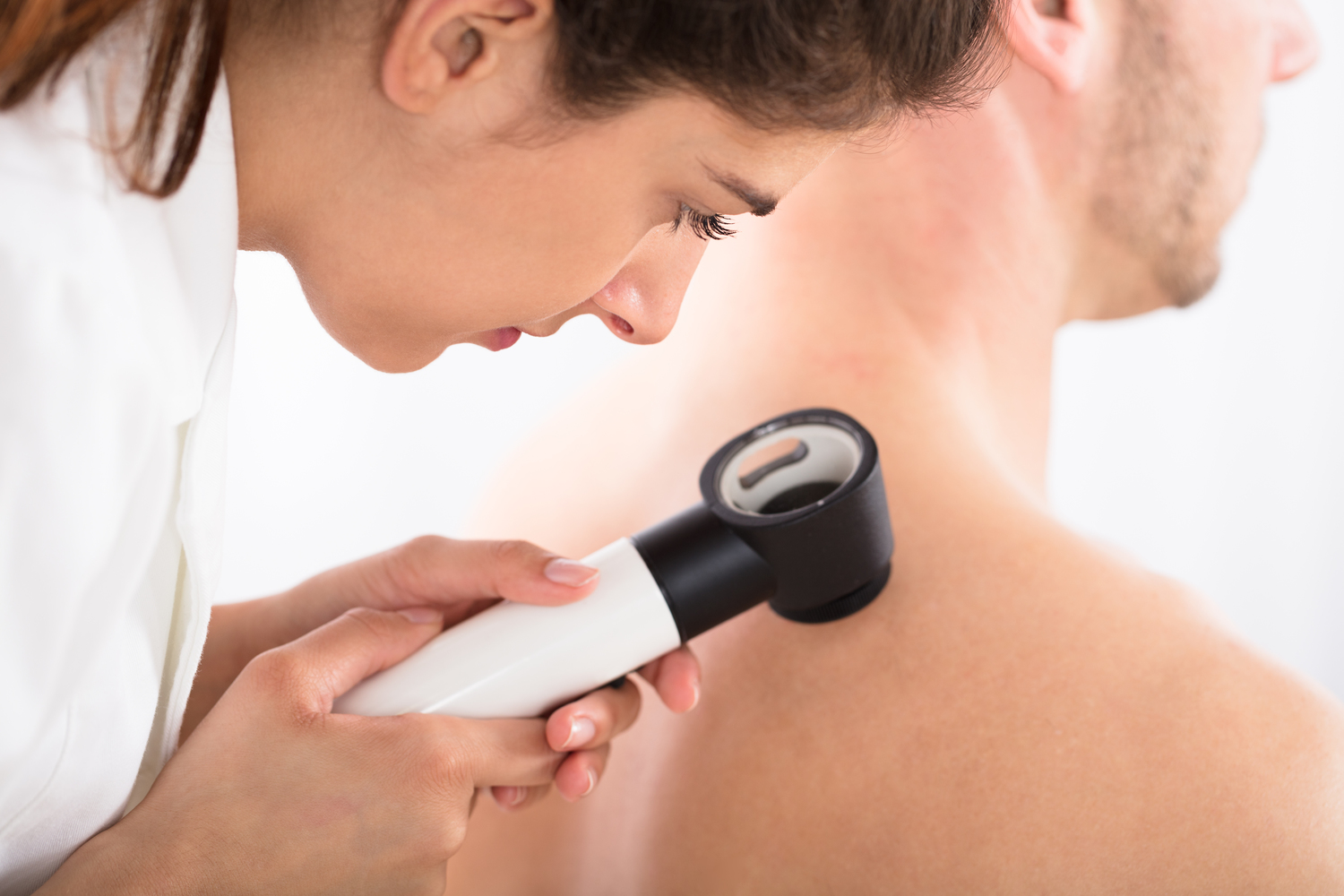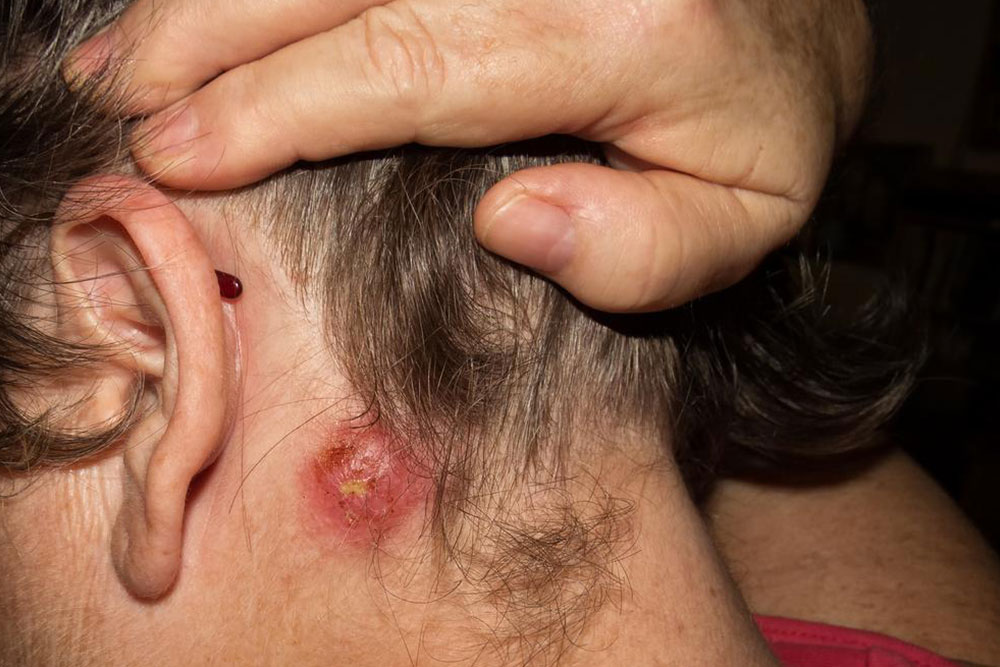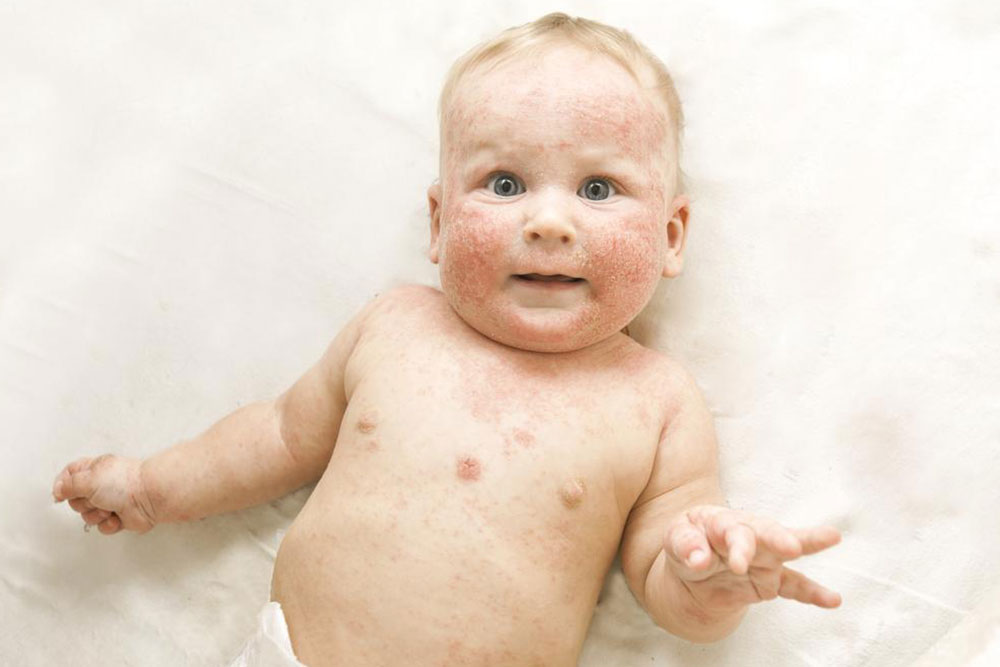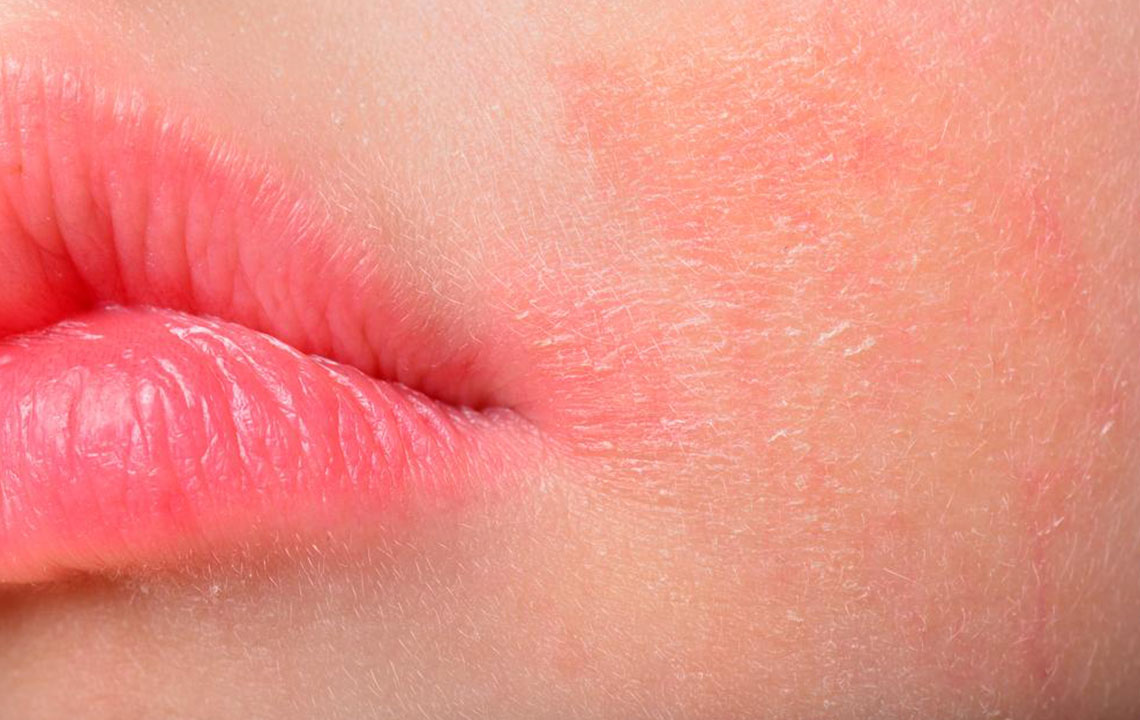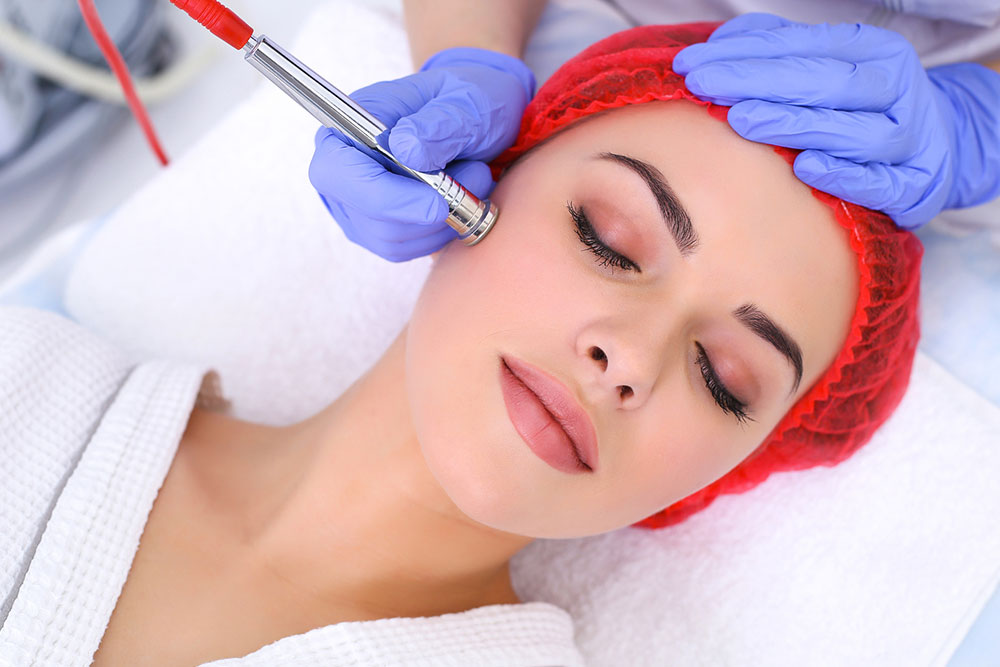Common Bacterial Skin Infections and Their Treatments
Explore common bacterial skin infections like folliculitis, cellulitis, impetigo, and boils, along with effective treatment strategies. Learn how to prevent skin infections through proper hygiene, wound care, and timely medical intervention for severe cases. Keep your skin healthy with expert tips on managing bacterial skin conditions.

Common Bacterial Skin Infections and Their Treatments
Staphylococcus and streptococcus bacteria are primary causes of frequently occurring skin infections. Some of the main bacterial skin conditions include:
Folliculitis: This infection affects hair follicles, resulting in red, swollen bumps resembling acne. It often originates from unclean pools or hot tubs where bacteria thrive.
Cellulitis: Commonly affecting the legs, this condition presents as a painful, red skin infection that can appear anywhere on the body.
Impetigo: This contagious disease appears in two forms. The bullous type causes large blisters, while the non-bullous form shows crusted, yellow sores. It often occurs in young children and features oozing lesions.
Boils are bacterial infections starting in hair follicles, extending deep into the skin, appearing as red, tender lumps that grow larger and fill with pus. Skin injuries like cuts, scrapes, or sunburns increase infection risk. Maintaining proper skin hygiene, cleaning wounds thoroughly, and covering them with sterile dressings are essential preventive measures. Small infections can sometimes be managed without antibiotics, but more severe cases require medical intervention, including drainage and targeted medications. Proper wound care and timely treatment are crucial to prevent complications.

